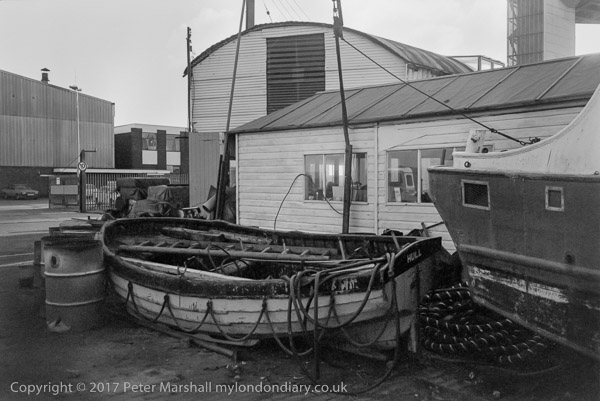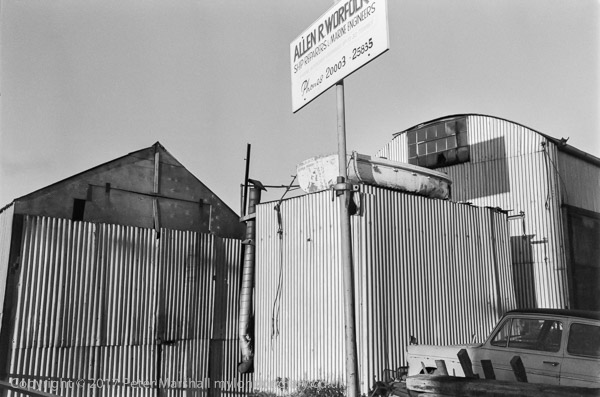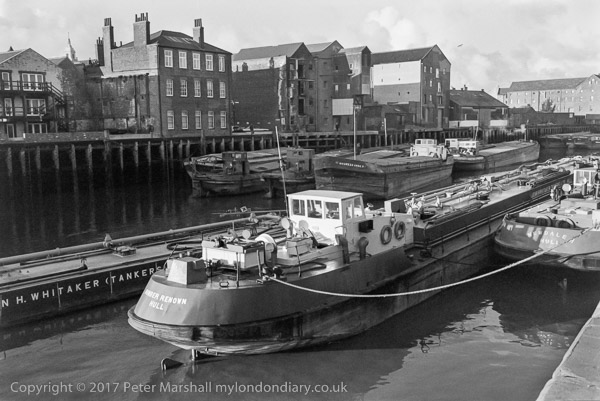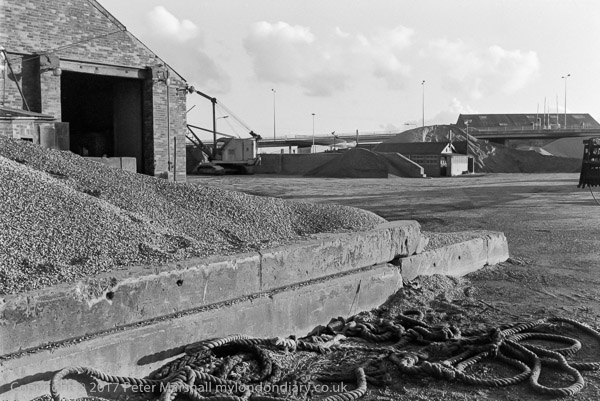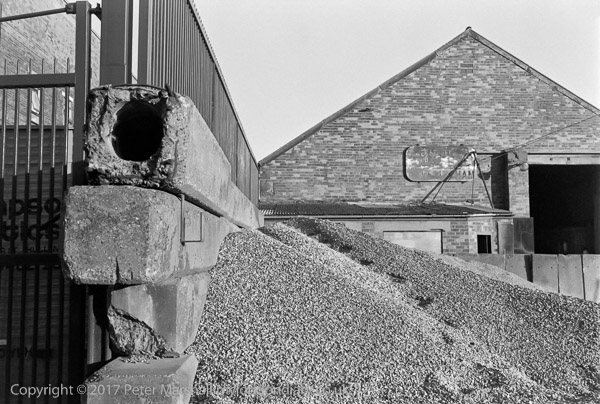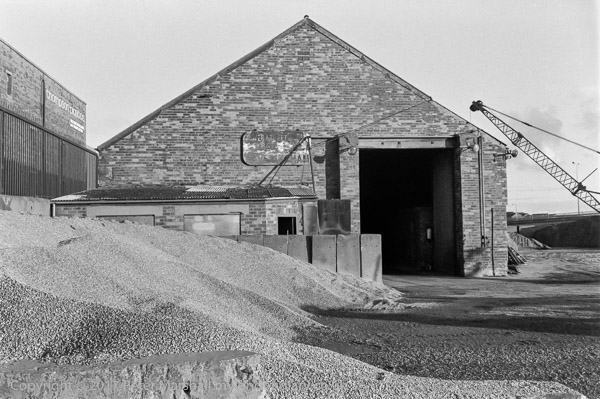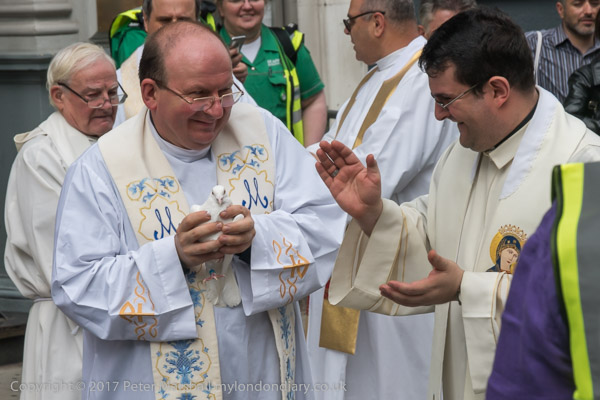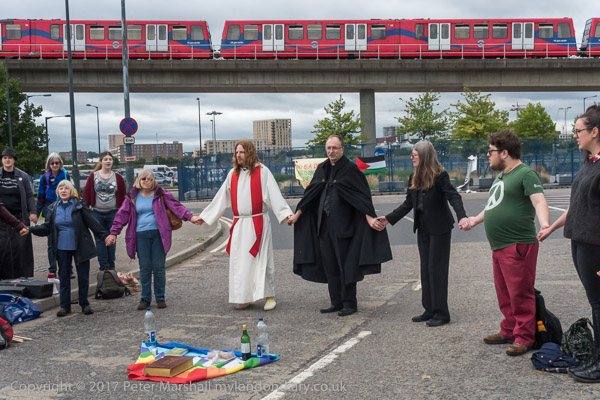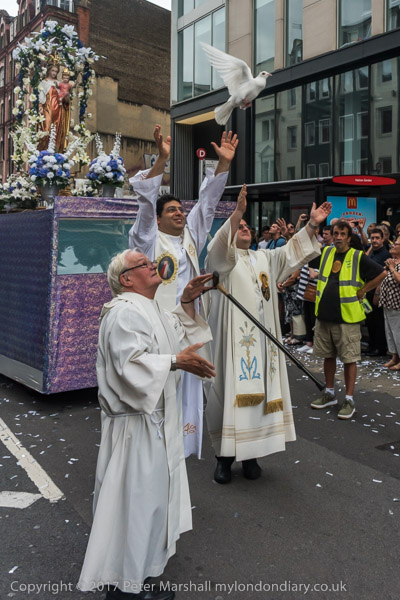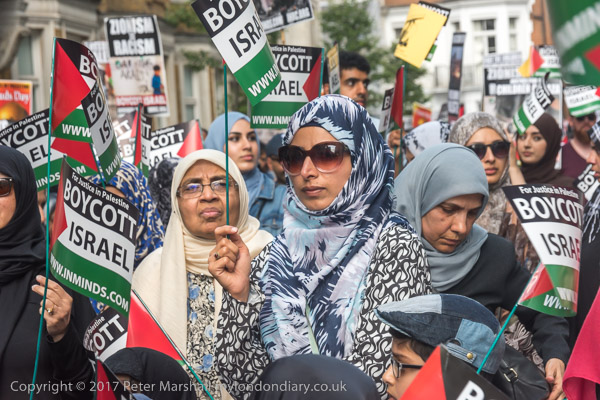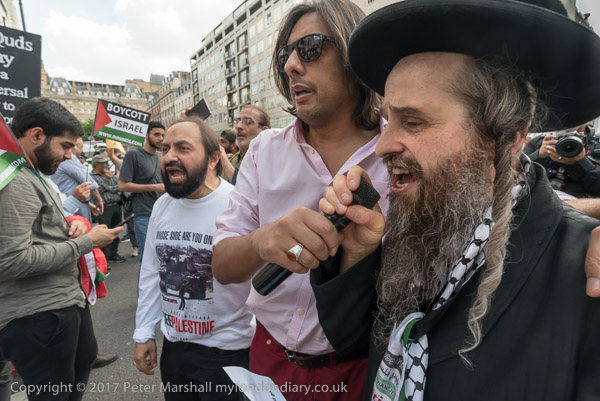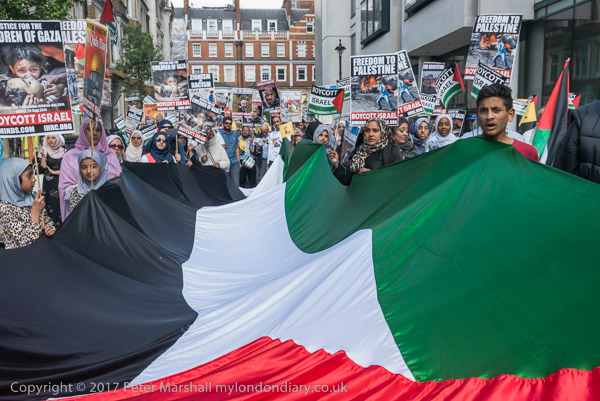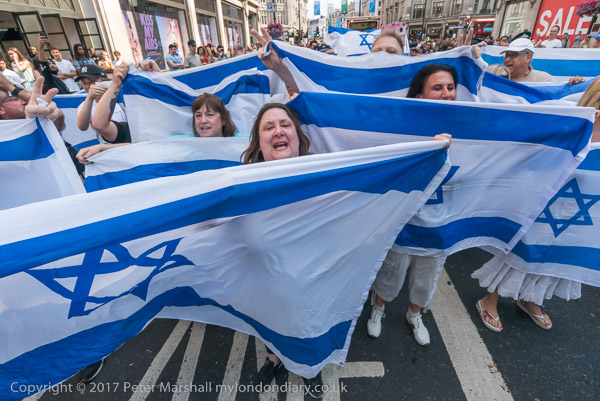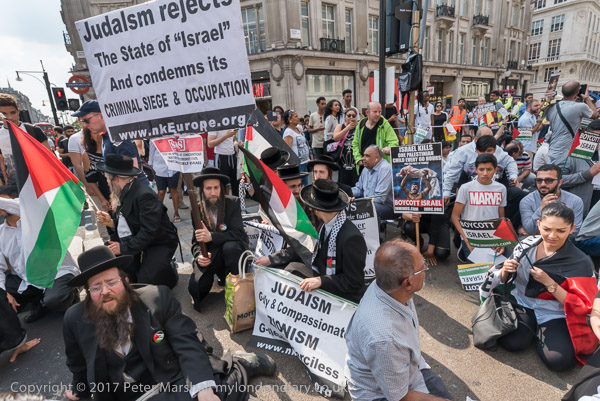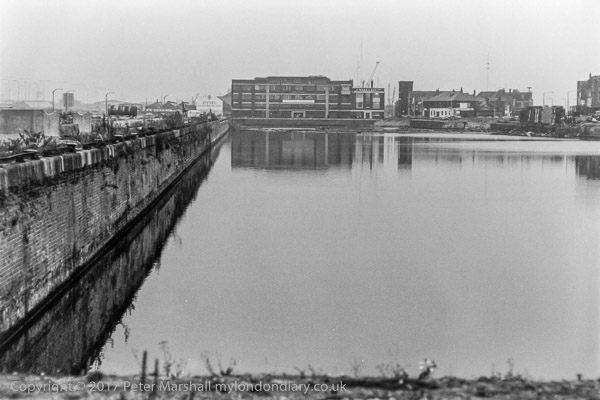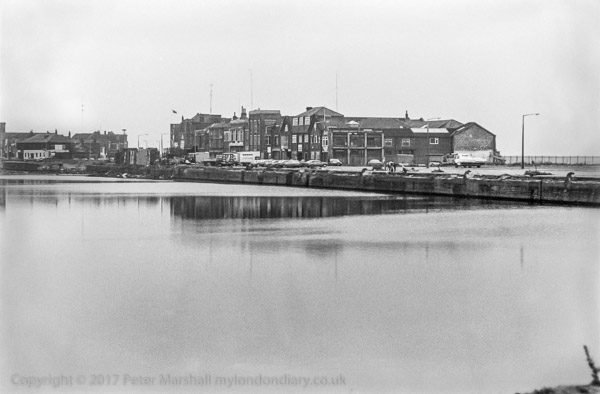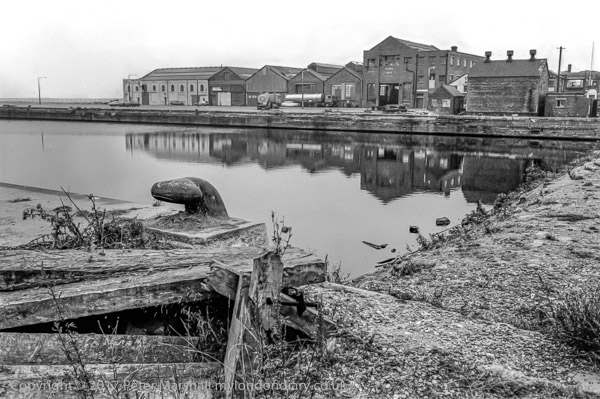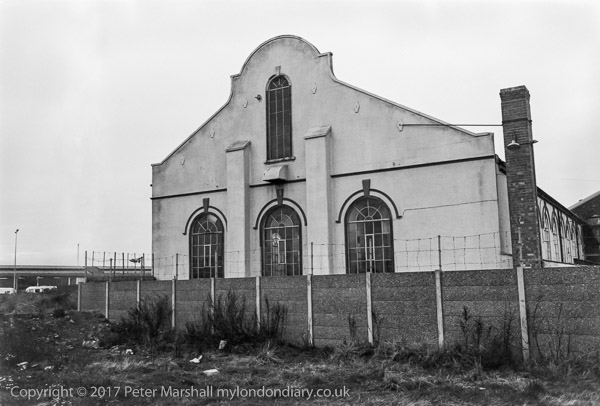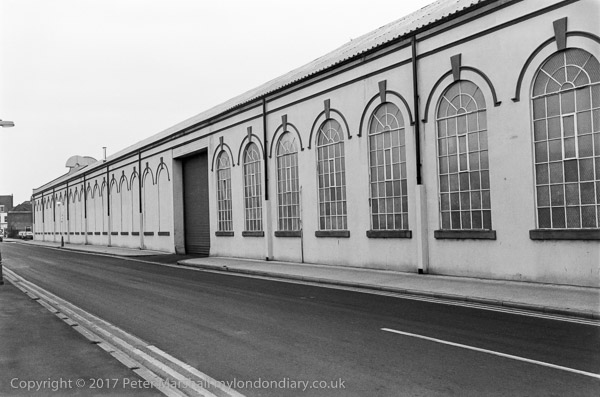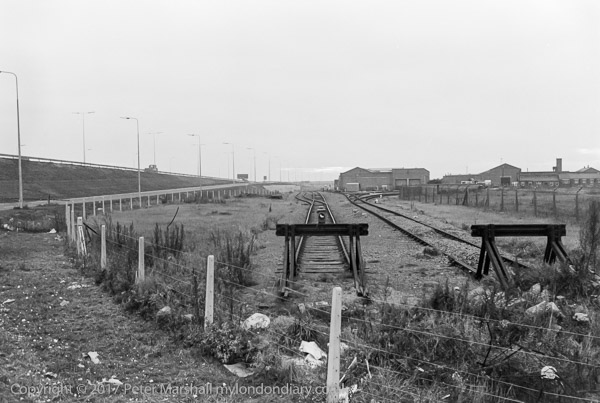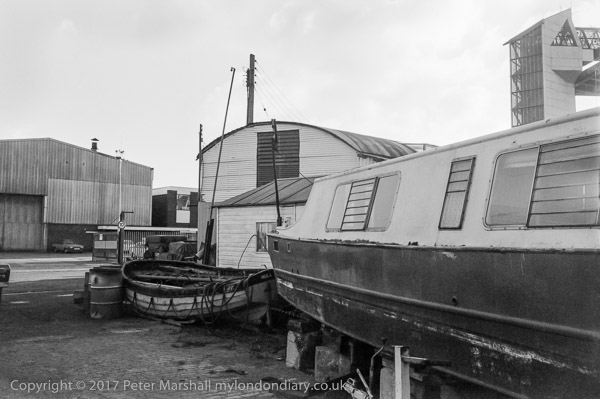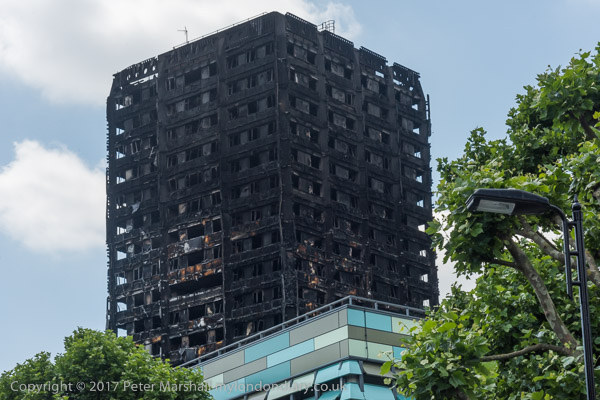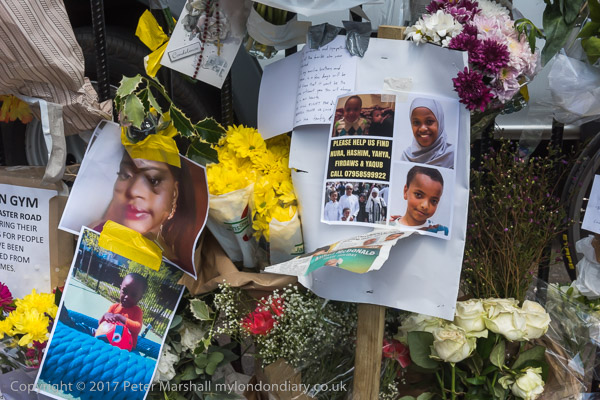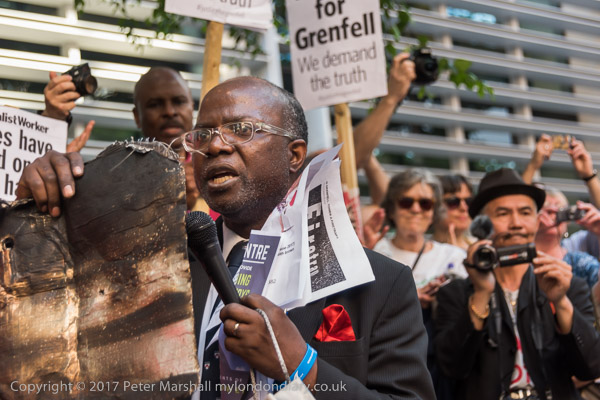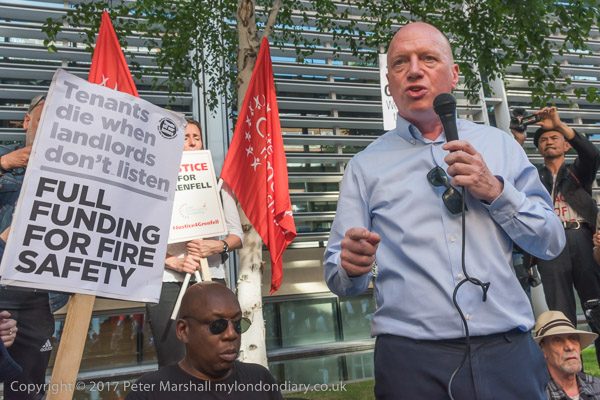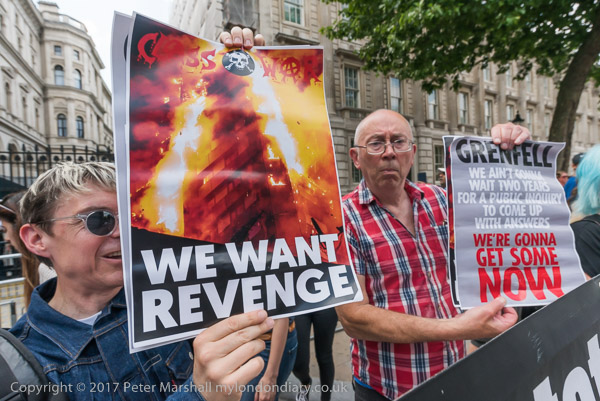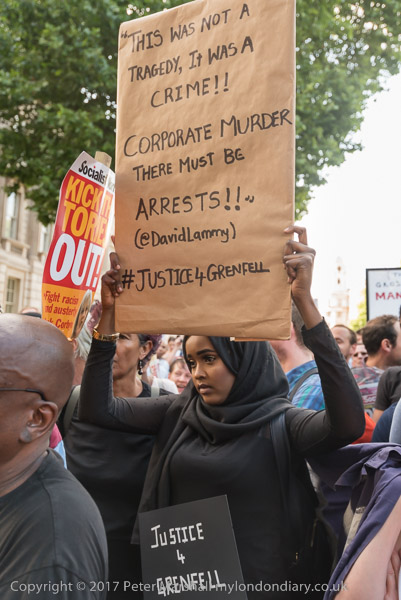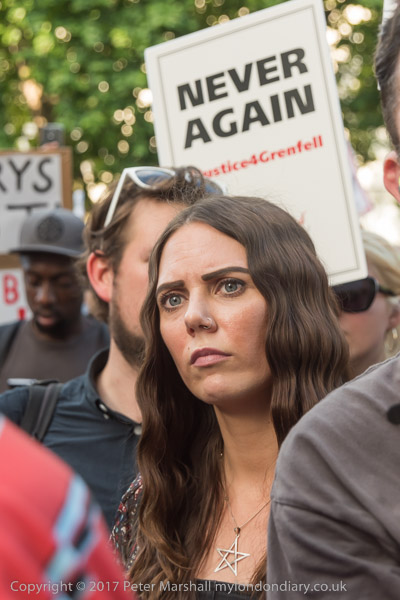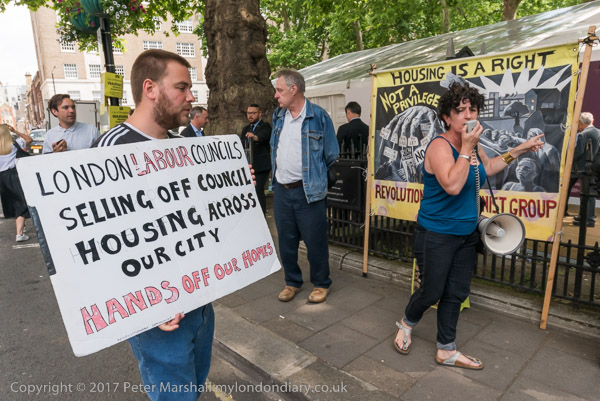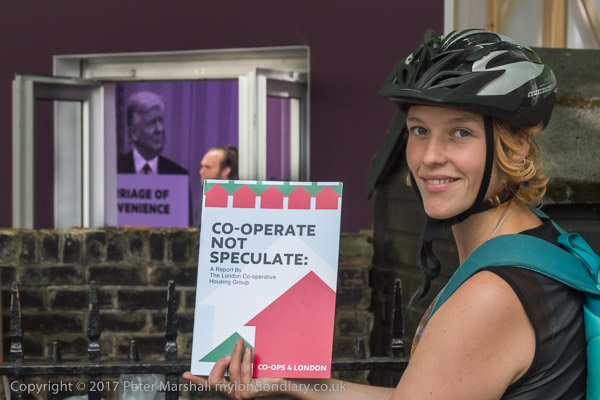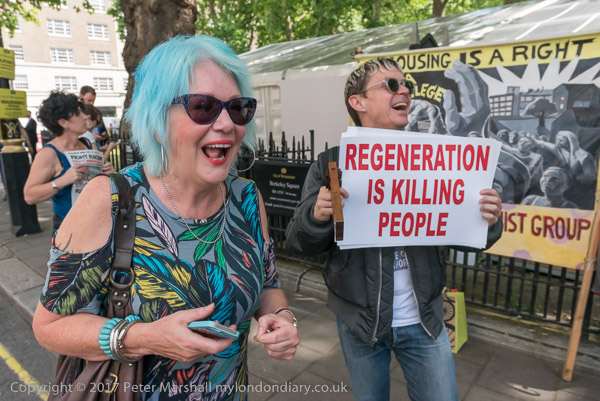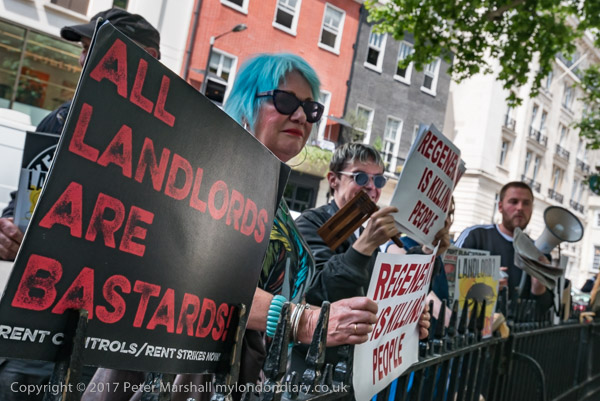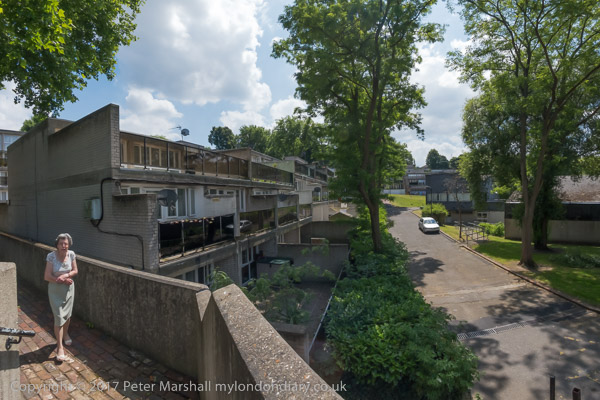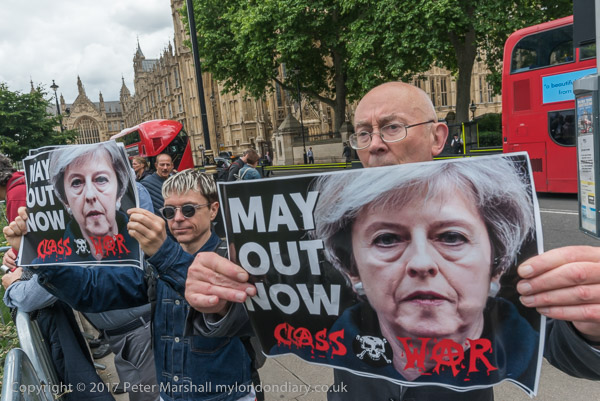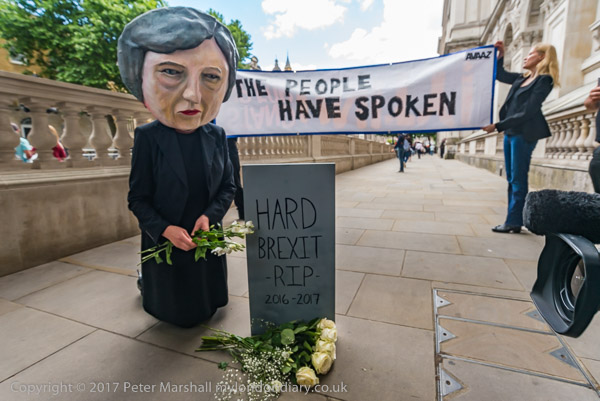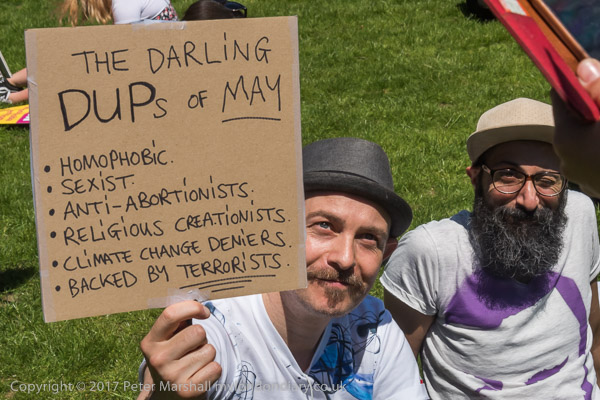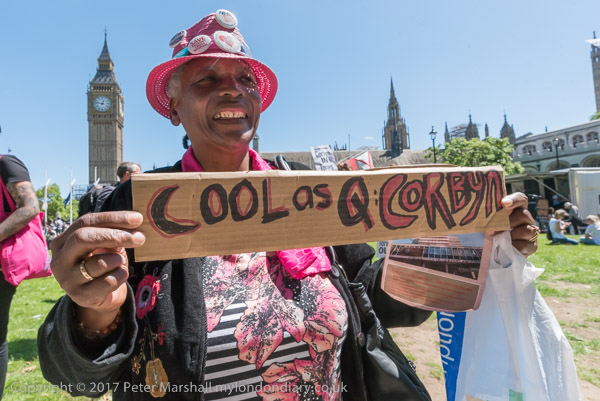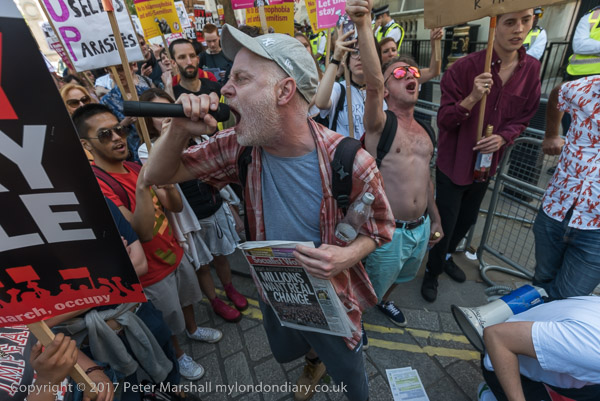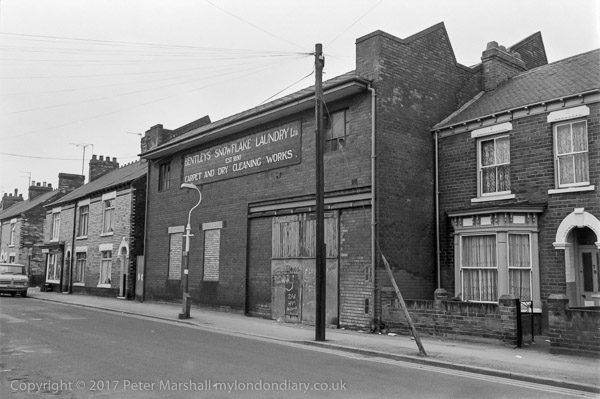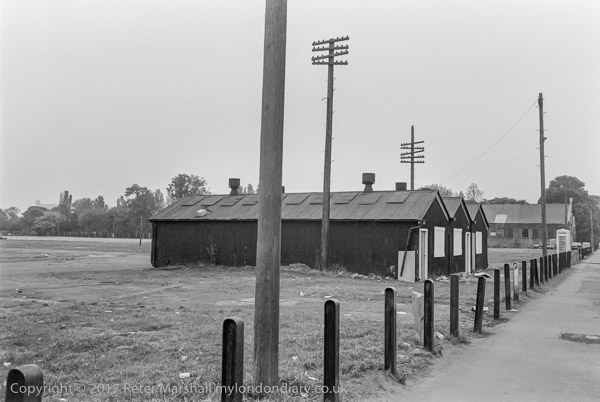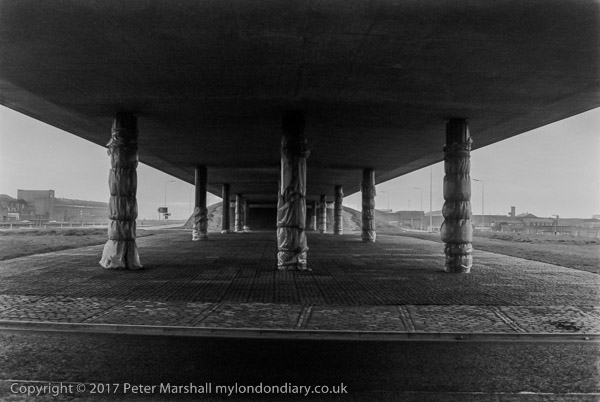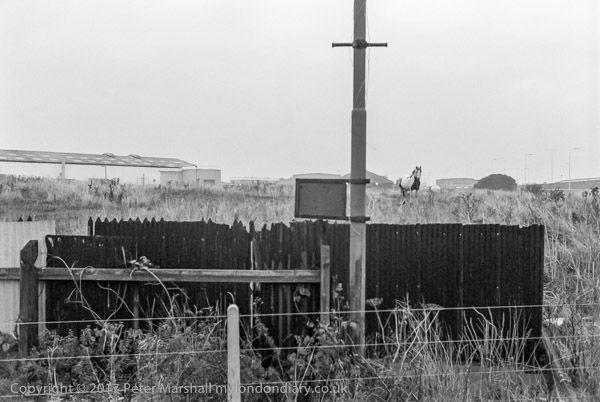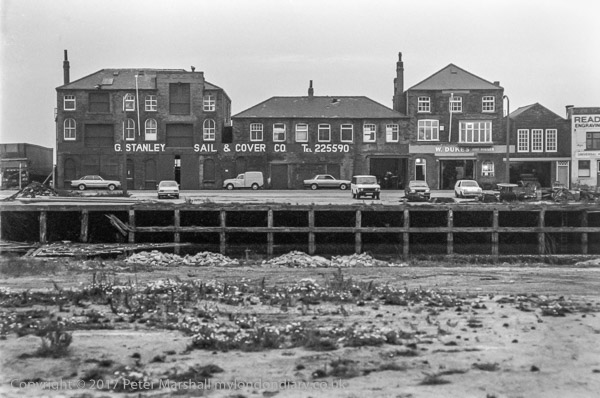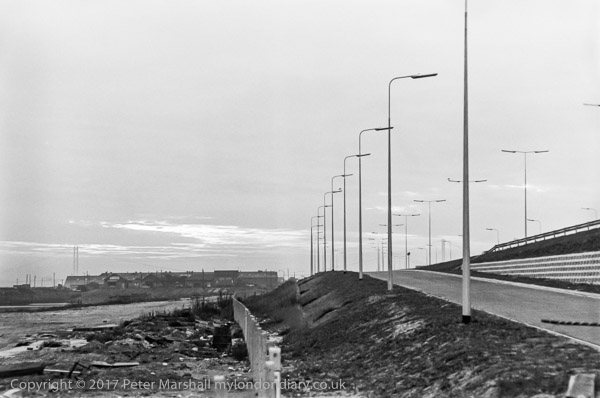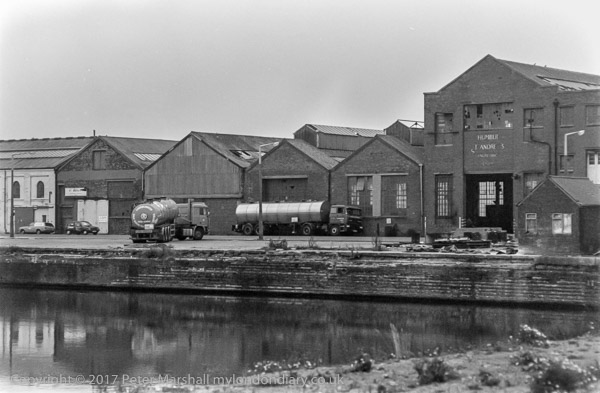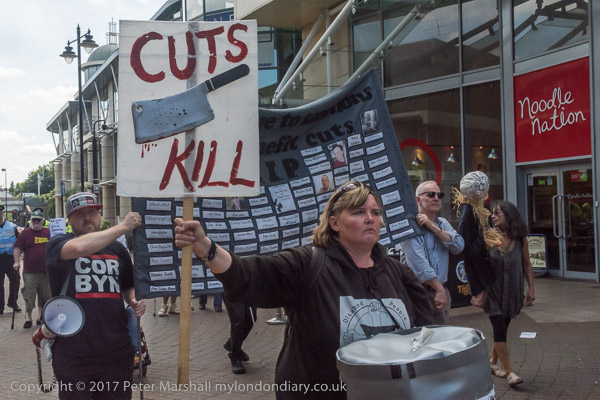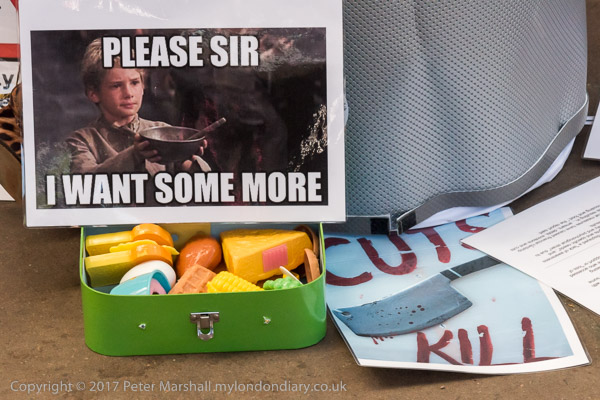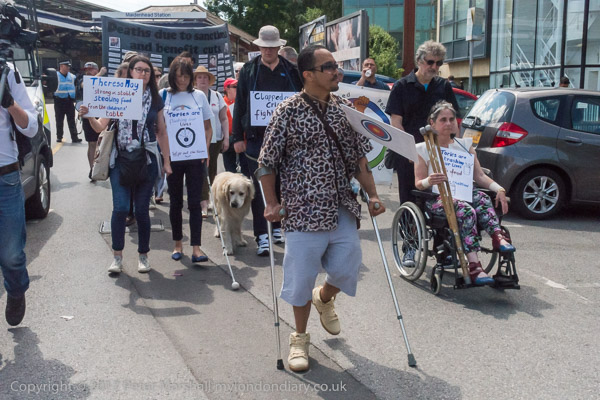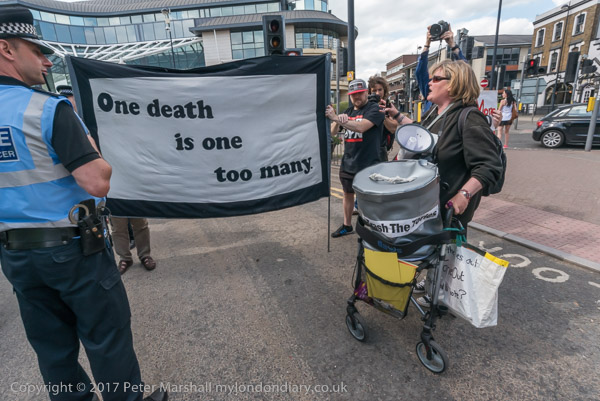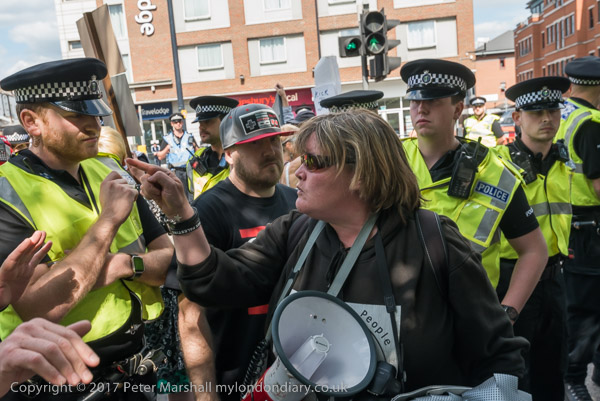Those who have been reading this blog for some time will have noticed that in the past year it has changed a little in focus, becoming far more about my own work and less about more general issues in photography.
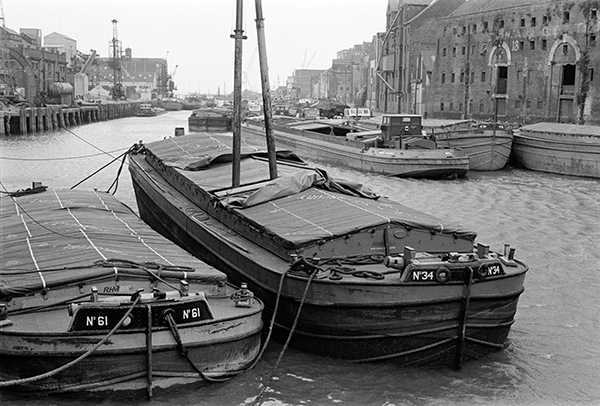
Hull, 1977
Partly this is because my Hull project – posting a picture every day from my work in the 1970s and 80s has taken up quite a lot of my time when I’m not busy with new photography, both in digitising and retouching the images, but more in researching exactly where they were taken and finding out more about the subject matter. Thanks to a little help from people in several Hull Facebook groups I’ve been able to identify where I took most of them and to find out more about a number of them.
Back in those primitive days of film, there was no EXIF data, no geo-location (though I only occasionally bother with this now) and no Google or other search engines or on-line communities you could use to find information. I worked with seldom more than a street map and in those early days seldom kept more data than the occasional street name scrawled on the contact sheet. Photographers were seldom expected to provide any detailed captions, and if they made notes were normally of inconsequential things like shutter speed and aperture – you could even buy printed booklets or cards to record such things.
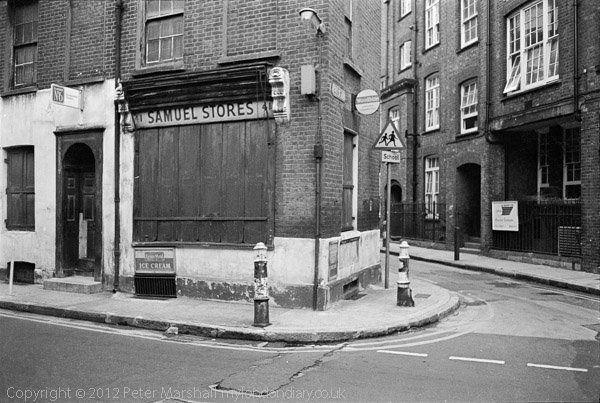
Shoreditch, 1978
After the bulk of work on Hull I turned my attention more fully to London, and began rather better record keeping, inscribing the contacts with map references and street names and using notebooks to record my routes and sometimes other details. There were also some guidebooks to London which gave some background, though my interests seldom aligned with those of author’s of such works as Harold P Clunn‘s ‘The Face of London‘, brought out in a completely new and and revised edition in 1951. Although some things had changed 30 years later it was still the most useful guide.
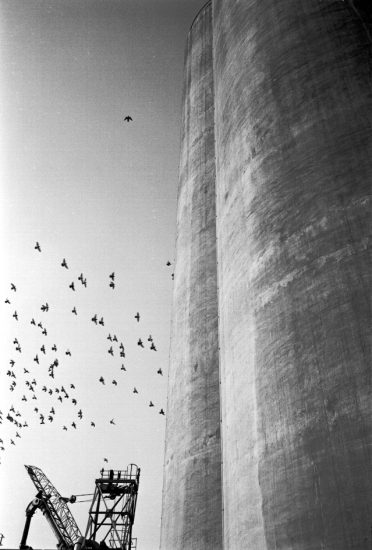
East Greenwich, 1982
But the project for Hull’s year as UK City of Culture also added to the posts of my own work, and since I’ve still got more to add – including some work in colour I will be adding more pictures to the site, though not everyday and perhaps in small batches. I am hoping to start on a similar web site for the fairly concentrated 15 years of work on London at some time during next year, though I don’t think I will commit to a daily posting. A few examples of pictures from my early work on London are on-line at my London Dérives and London’s Industrial Heritage sites – and some even more primitive scans from one of my earliest web sites, The Buildings of London, which was first put on line in 1996, and still contains around 75 scans I made in that era.
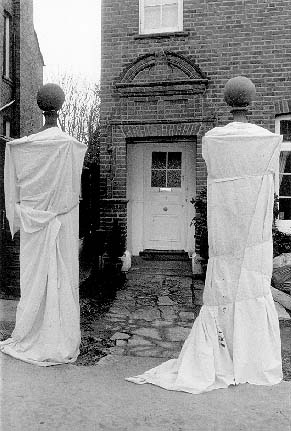
Bedford Park, 1987
There is another reason for fewer posts about work by others, which is that I’ve had problems with Firefox, the web browser I used to use to keep up-to-date with other photography sites. At first it was just that it would crash and hang, particularly with Facebook, so I moved to using Opera as my main browser. More recently, a change in Firefox has meant that many add-ons, including Sage RSS Reader are no longer compatible – and I can’t find anything like as good for viewing a wide range of other sites.
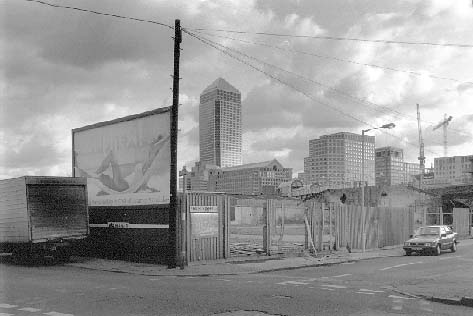
Canary Wharf from Rich St, 1992
I’ve just spent what seemed like an age adding some of the more important sites I like to read to Feedbro, which is supposedly a replacement. It was a slow job as I couldn’t find any way to directly import the feeds but had to open each page and get Feedbro to find it, but eventually I’ve got there. I almost like Feedbro, though it seems at the moment just a little less convenient than Sage used to be, so perhaps there is more chance of me writing about things other than my own work next year.
Continue reading London Coming
